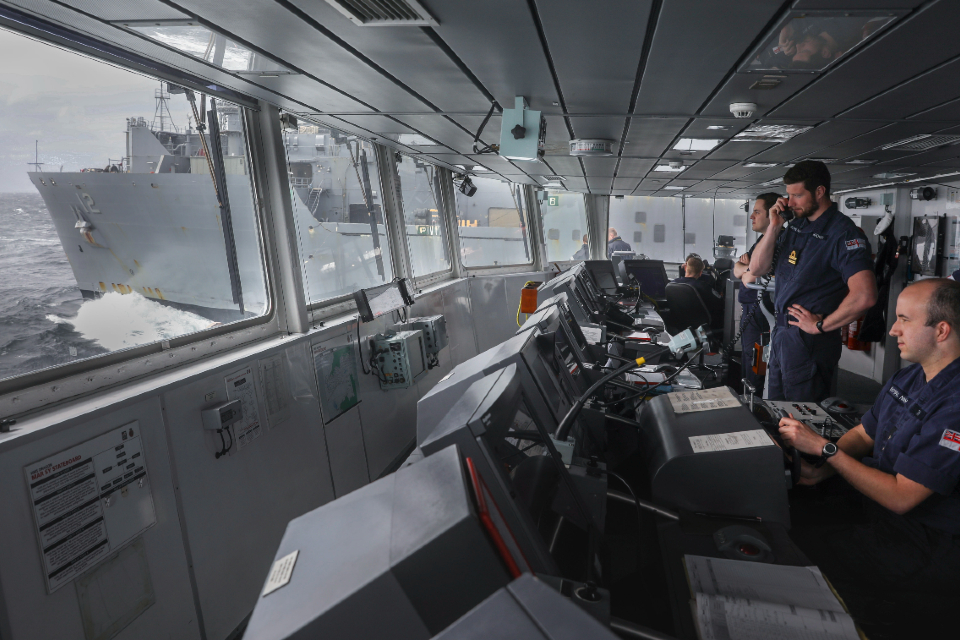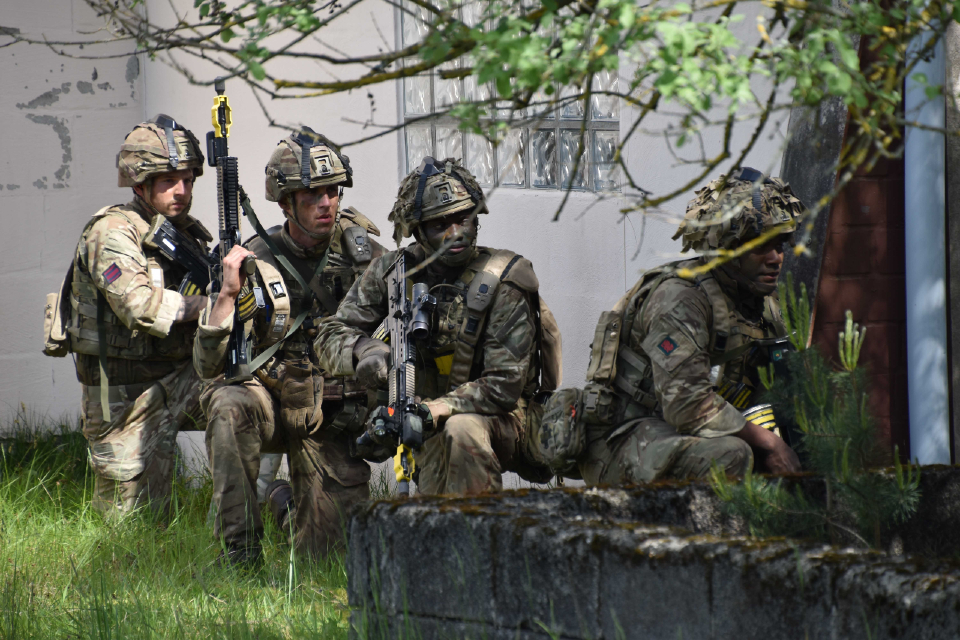Defence Science Technology Laboratory

The Defence Science and Technology Laboratory (Dstl) provides the UK with world-class capability in applying artificial intelligence (AI), data science and machine learning to defence and security challenges. From putting machine learning on-board Royal Navy ships, to using data science to support intelligence analysis, Dstl is at the heart of such innovation.
One of Dstls missions is to de-mystify the area of AI. We help the UK Ministry of Defence (MOD) understand how it can safely, responsibly and ethically use AI to deter and de-escalate conflict, save lives and reduce harm.
Our technical experts have their finger on the pulse of new developments in AI and provide critical guidance for the UK. We work in partnership with specialists from academia, industry and allied nations to understand and develop a broad spectrum of techniques for performing tasks and discovering insights from data using automatic processes,
We are also an integral part of the Defence AI Centre (DAIC), working collaboratively to connect MOD and the wider AI community and enable teams across MOD to adopt AI in their areas.
The wide range of potential applications include streamlining back-office functions, and supporting:
- military decision making
- autonomous platforms
- computer network defence
- sensing
- defence logistics
- policing and security
AI is critical to the UKs future as a science and technology superpower, and when it comes to AI, MODs vision is to be the worlds most effective, efficient, trusted and influential defence organisation for our size.
A radical upheaval in defence is underway and AI-related strategic competition is intensifying. Our response must be rapid, ambitious, and comprehensive.(Defence Artificial Intelligence Strategy (2022)
Working with international partners
Our cutting edge work covers everything from very early research looking at how machines interact with humans, to applying data science to real-world challenges and operational requirements. Our experts collaborate with international partners to help the UK and our allies advance more quickly.
AUKUS
The 3 nations of AUKUS (Australia United Kingdom United States) recently tested AI-enabled uncrewed aerial vehicles that allow a human operator to locate, disable and destroy targets on the ground.
AUKUS: Autonomy and AI collaboration
Exercise Formidable Shield
Royal Navy crews taking part in a 2021 NATO exercise inUKwaters were able to take advantage ofAIon-board ship for the first time, whenDstland our industry partners brought the latest technology into the command spaces of a Type 45 destroyer and a Type 23 frigate.
Tested against a supersonic missile threat, ourAI-based applications were designed to help detect threats earlier and provide a rapid hazard assessment to recommend options the crew can take to counter the threat. This exciting real-world test was the culmination of almost10 years of research and collaboration with industry suppliers.

Image taken from HMS Dragon, participating in Exercise Formidable Shield 2021. UK MOD Crown copyright 2021
Exploiting AI in the field
We work alongside the armed forces to develop and test new technologies in the field to get our research out of the lab and in to operational use as quickly as possible.
AI toolbox
Dstl and the US Air Force Research Laboratory carried out the first deployment of a jointly developed artificial intelligence toolbox in 2 military exercises. The goal was to address the challenge of how to make AI agile, adaptable, trustworthy and accessible to the warfighter under different US and UK military use cases.
The trials showed how the toolbox would be deployed onto UK-US uncrewed ground and aerial vehicles. Members of both UK and US armed forces tested that the AI was robust and that the intended users understood any limitations of the AI.

Exercise Spring Storm
DuringExercise Spring Storm, soldiers from the 20th Armoured Infantry Brigade used anAIengine developed byDstland the Army in collaboration with industry.
This prototype was specifically designed for the way the Army is trained to operate. During the exercise,Dstlstaff analysed how theAIengine was used in practice, to understand the critical human factors including how we build trust in theAI.
TheAIengine uses automation and smart analytics along with supervised learning algorithms to save time and effort and help military personnel operate much more effectively. By instantly exploiting information on the surrounding environment and terrain, theAImakes it much quicker to plan and analyse different courses of action. This is one of the first steps towards achieving machine-speed command and control.

UK MOD Crown copyright 2021
